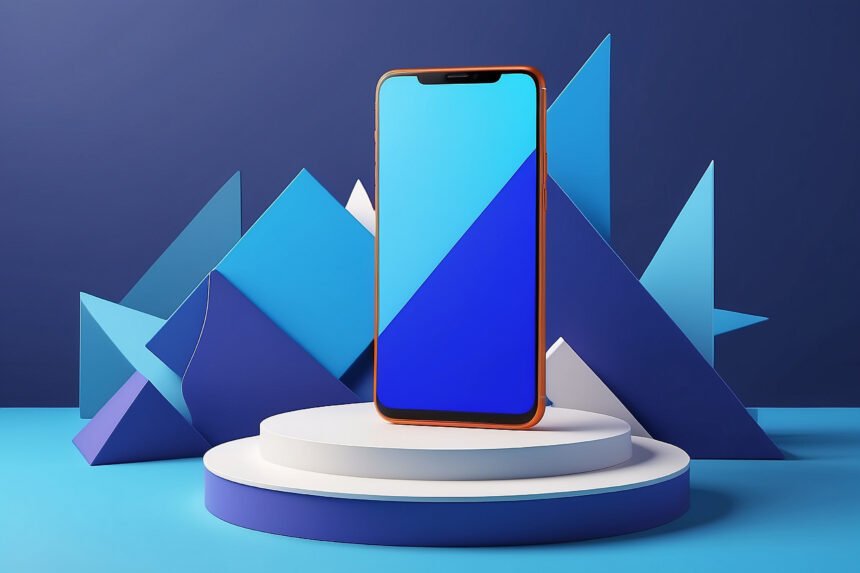Smartphones have come a long way since their inception, evolving from clunky devices with physical keyboards to sleek, futuristic gadgets that serve as our constant companions. The evolution of smartphone design reflects not only advancements in technology but also shifts in consumer preferences, aesthetic trends, and the ever-changing demands of the digital age. Let’s take a journey through the past, present, and future of smartphone design to understand how far we’ve come and where we’re headed.

The Early Days
In the early 2000s, smartphones were a niche market dominated by bulky devices with limited functionality. Some old brands ruled the roost with their QWERTY keyboards, resistive touchscreens, and basic cameras. While these devices paved the way for mobile communication and productivity, their design aesthetics were largely utilitarian, focusing more on functionality than style.
The Rise of Touchscreen
The turning point in smartphone design came with the introduction of capacitive touchscreen technology in 2007. Suddenly, physical keyboards became obsolete, replaced by expansive touchscreens that transformed the way we interacted with our devices. Sleek, minimalist designs became the norm, with glass and metal enclosures replacing plastic shells.
The Era of Innovation
As competition heated up in the smartphone market, manufacturers began pushing the boundaries of design innovation. Many brands introduced curved displays with their flagship series, while some also experimented with modular design. Meanwhile, brands like HONOR disrupted the industry with affordable flagships that offered both premium designs and advanced features. Check with the latest HONOR 200 Pro price and more as an example.

The Age of Bezels
In recent years, smartphone design has been dominated by the quest for bezel-less displays and edge-to-edge screens. With advancements in display technology and manufacturing techniques, manufacturers have been able to minimize bezels and maximize screen real estate, resulting in sleeker and more immersive designs. For example, the new HONOR 200 Pro also reflects the value consumers place on premium design and cutting-edge features, making it a worthy contender in the bezel-less and quad-curve trend.
The Future of Design
Looking ahead, the future of smartphone design holds exciting possibilities. Foldable phones demonstrate the potential for flexible displays and versatile form factors. Meanwhile, advancements in materials science could lead to the adoption of new materials like graphene and carbon nanotubes, paving the way for lighter, stronger, and more sustainable smartphones.
Beyond Hardware
While hardware design is crucial, the evolution of smartphone design extends beyond physical form factors. User interface design, software optimization, and ecosystem integration play an equally important role in shaping the overall user experience. Many famous brands are also prioritizing seamless integration between hardware and software, offering cohesive experiences that transcend individual devices.
Personalization and Sustainability
As consumers become more conscious of their environmental footprint, there’s a growing demand for sustainable and eco-friendly smartphone design. Modular designs, repairable components, and recyclable materials are becoming increasingly important considerations for environmentally conscious consumers. Additionally, the trend towards personalized design options, such as customizable colors and textures, allows users to express their individuality and create a smartphone that truly reflects their personality.
Conclusion
So the evolution of smartphone design is a testament to human ingenuity, innovation, and creativity. From humble beginnings to futuristic foldable devices, smartphones have undergone a remarkable transformation that mirrors the rapid pace of technological advancement. As we gaze ahead, it’s evident that the trajectory of smartphone design remains open-ended, brimming with boundless opportunities yet to be unearthed


Leave a Reply